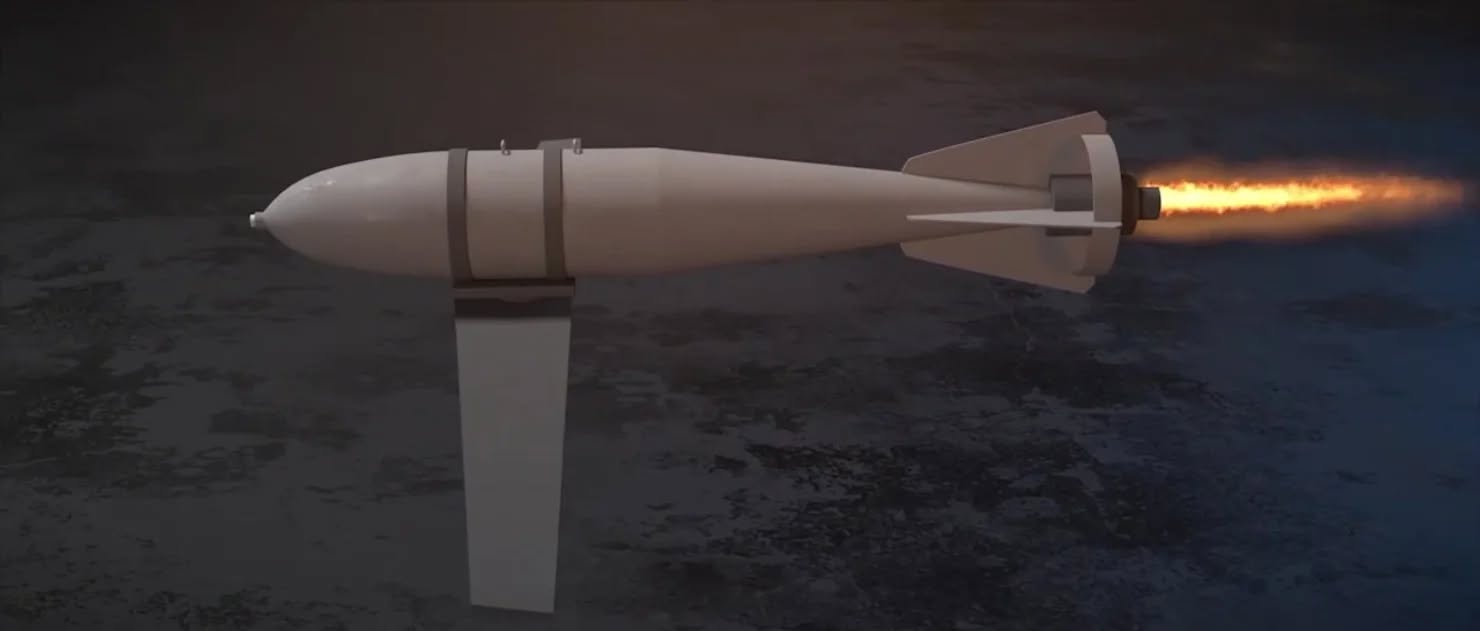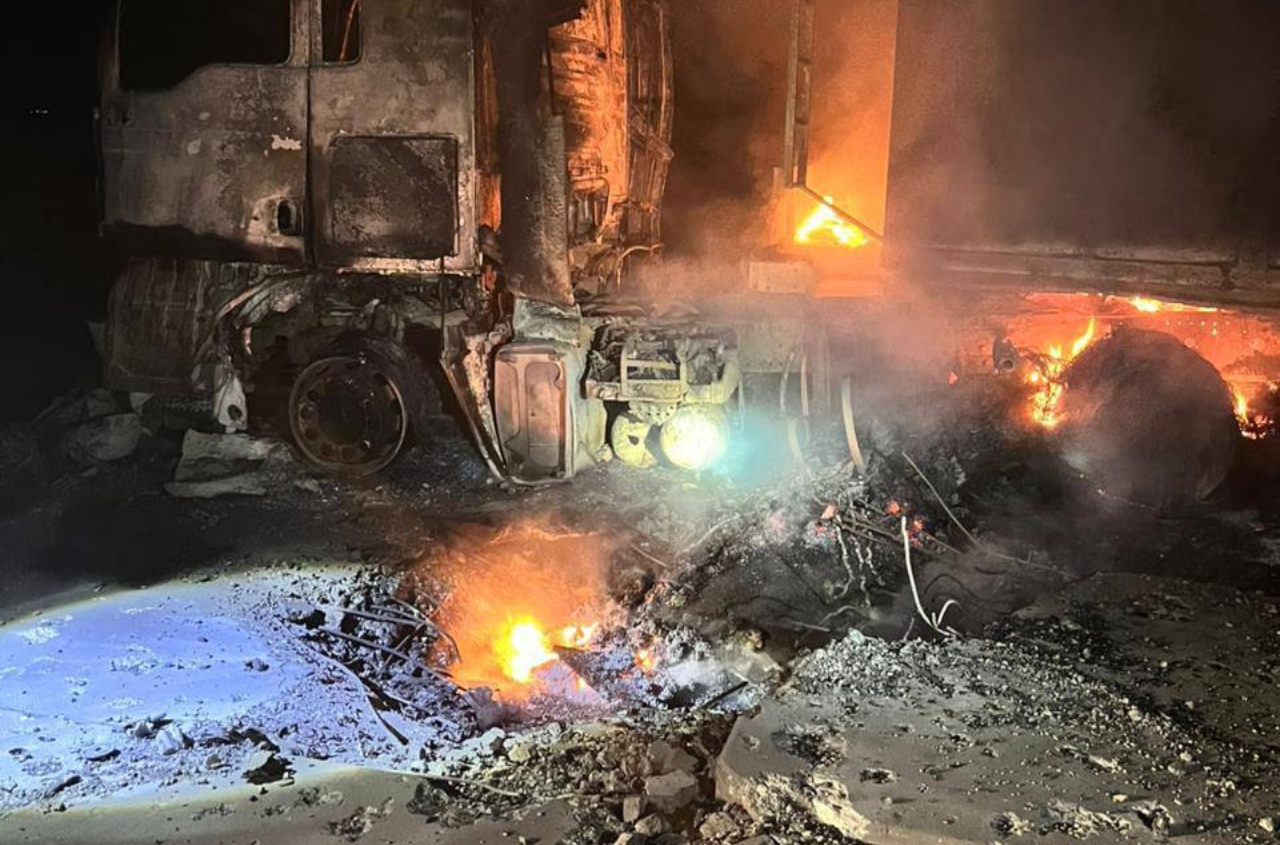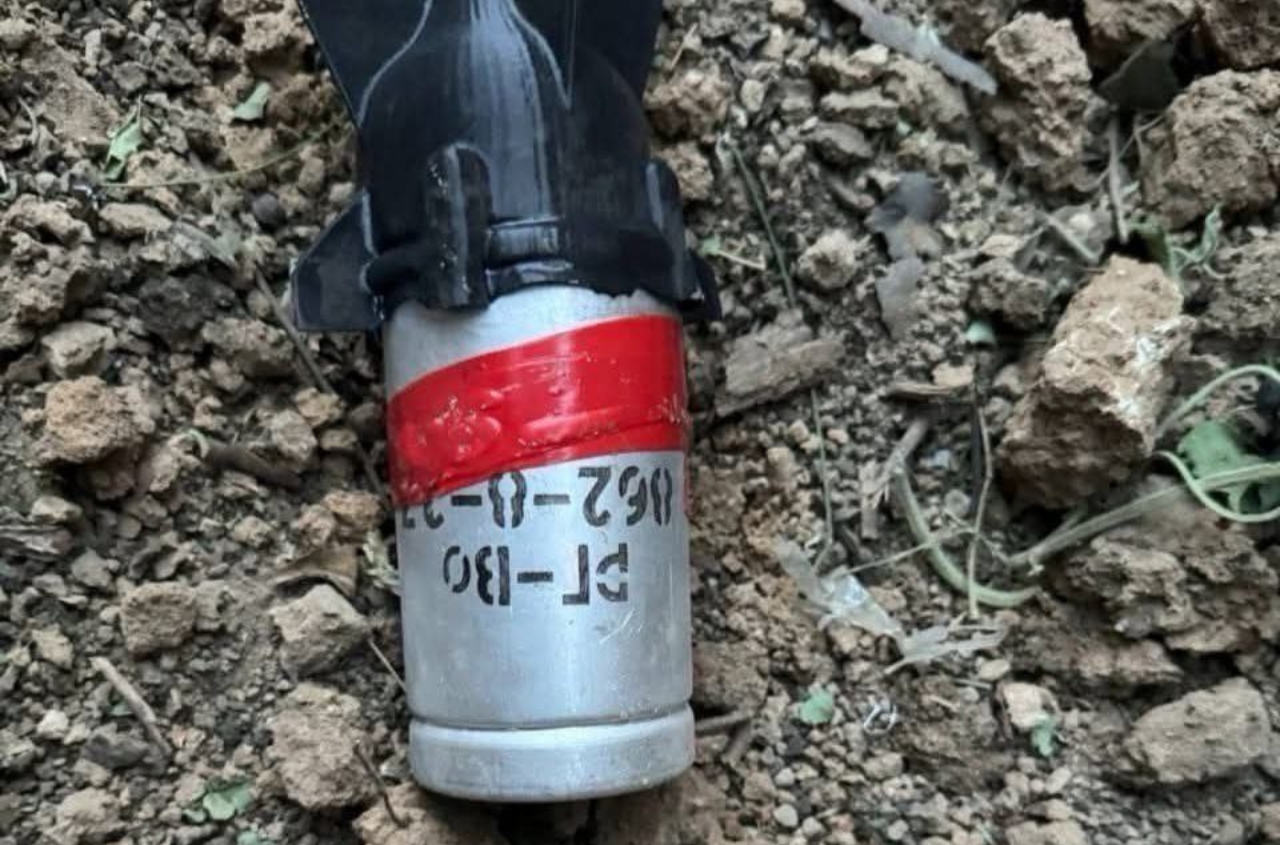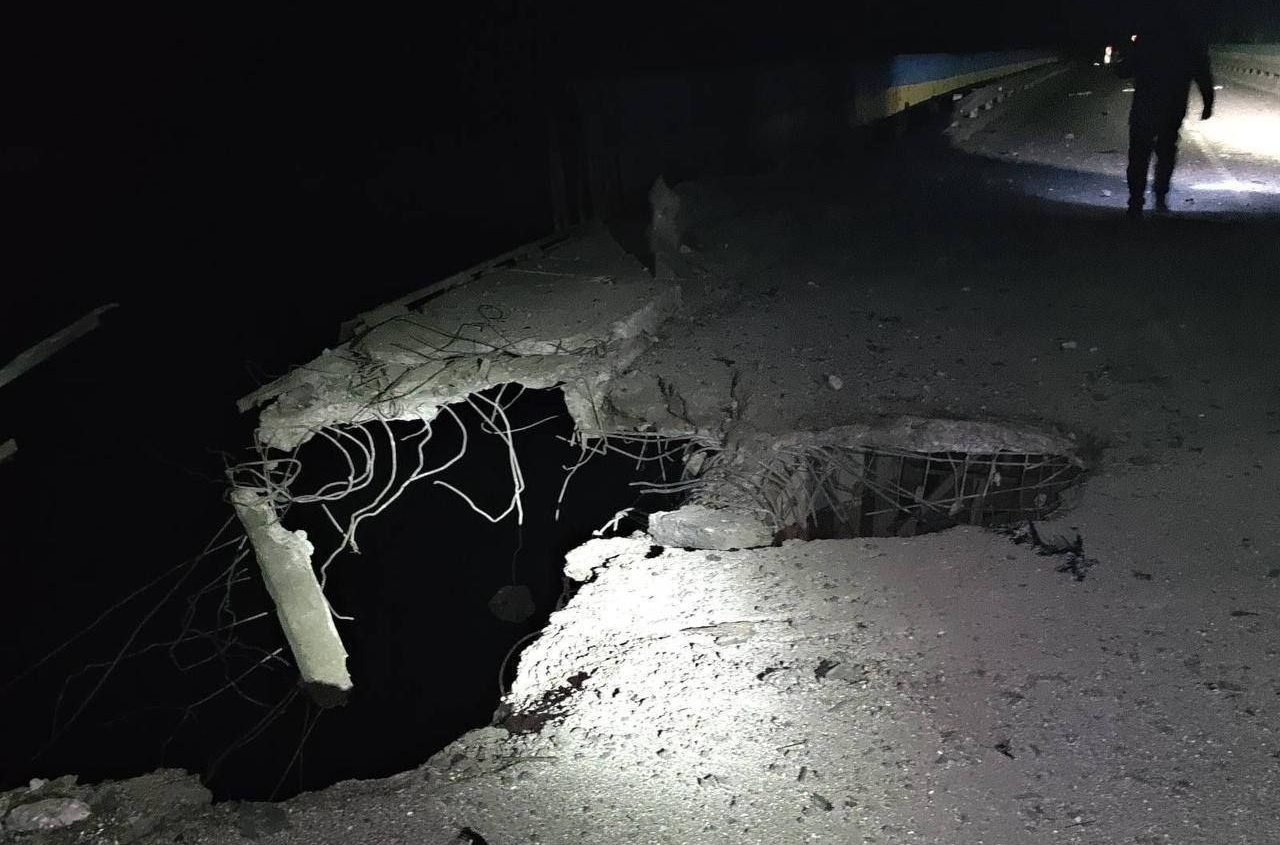With the appearance of GABs (guided aerial bombs) with a rocket booster in the aggressor’s arsenal, Ukrainian cities located up to 150 km from the front line are being turned into frontline targets.
In other words, the enemy gains a THEORETICAL (I will explain further) ability to attack these cities every day — their critical infrastructure first and foremost — not only with Shaheds and various types of missiles, but also with aerial bombs weighing from 250 to 1,500 kg. That is a huge destructive force; Kharkiv, sadly, is proof of that.
Thus, regional cities that fall into the strike zone include Poltava, Dnipro, and the suburbs of Kyiv.
From a technical standpoint, the pseudo-empire is simply copying the engineering solutions of American developers — I mean the projects for the guided bombs GBU and JASSM. Initially, for different aerial bombs the aggressor developed add-on kits with small wings that increased the flight range to 40–70 km depending on the drop altitude. Now they have added a rocket engine to the kit, and the range, provided the engine fires normally, increases to 200 km.
I want to note that the Americans use a turbofan/turbojet engine, which effectively turns JASSM-type products into air-launched cruise missiles with ranges up to 800 km. The enemy currently uses solid-fuel engines — essentially boosters — so the range is much shorter. But work on using turbofan/turbojet engines for GABs is underway in Russia.
The accuracy of Russian rocket-assisted GABs is determined by the use of satellite navigation and an optical recognition system on the terminal segment of the trajectory. In other words, the weapon is intended for strikes on large targets such as thermal power plants, and also on residential neighborhoods to terrorize the civilian population.
Modern missile systems such as Patriot, SAMP/T, and similar systems, as well as fighter aircraft armed with air-to-air missiles, can effectively counter rocket-assisted KABs. Electronic warfare will affect KAB accuracy by diverting them from their targets, but they will still fall and explode nearby.
Although information that the enemy is developing such weapons has been circulating for two years, no specialized countermeasures have been created; as far as I know, no technical specification has even been developed. Since such a GAB falls from a great height and at an impact speed that near the target can exceed 400 km/h, interceptor drones will be of no help, which once again confirms that they are not a “game changer” in aerial confrontation.
And finally, something relatively positive. To date the enemy is conducting only R&D tests of its rocket-assisted GABs. There is no talk yet of mass-series production or, accordingly, mass use. But within six months rocket-assisted GABs will become a serious problem for us if effective countermeasures are not produced now — in particular, small anti-aircraft missiles of ground and air basing. We urgently need long-range air-defense missiles, for example Meteor or SM-6, to shoot down enemy aircraft before they get into position to launch rocket-assisted GABs.




















